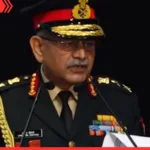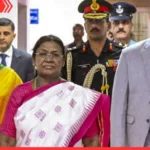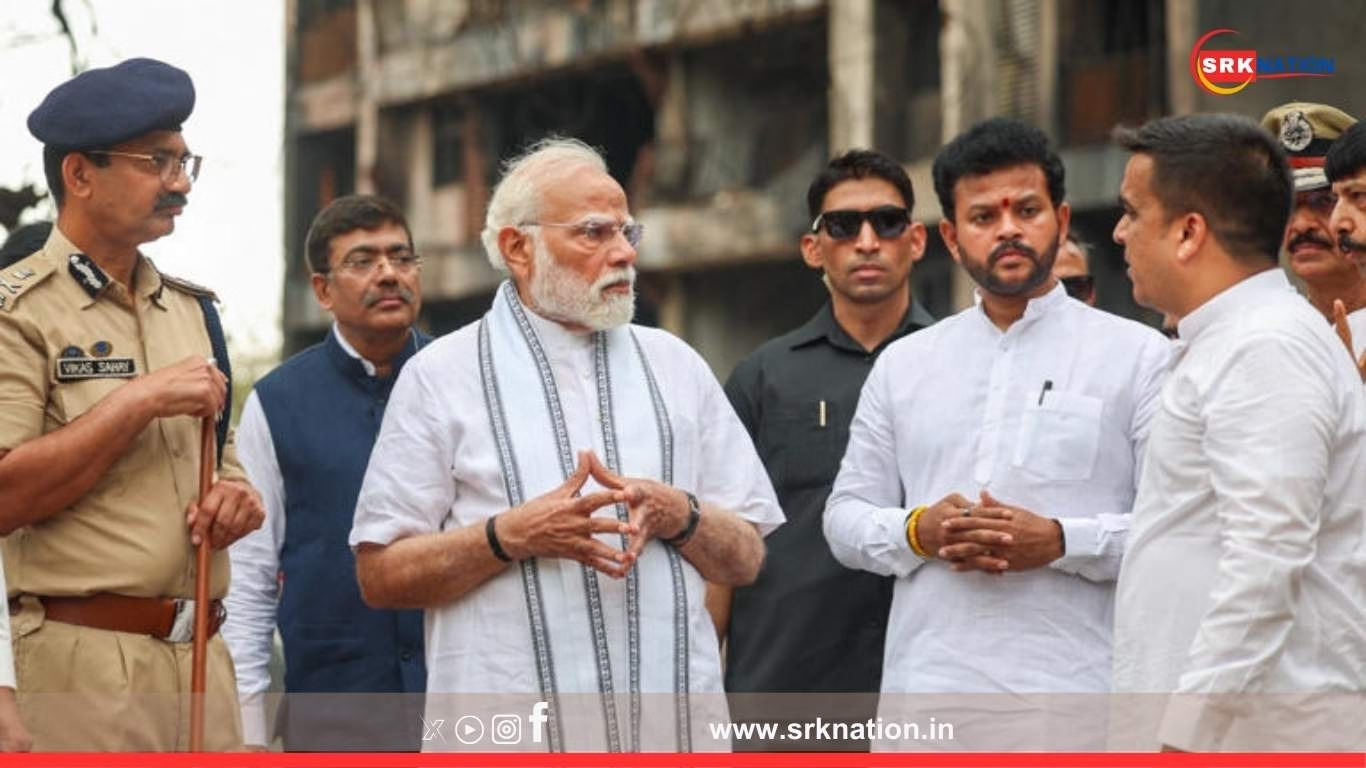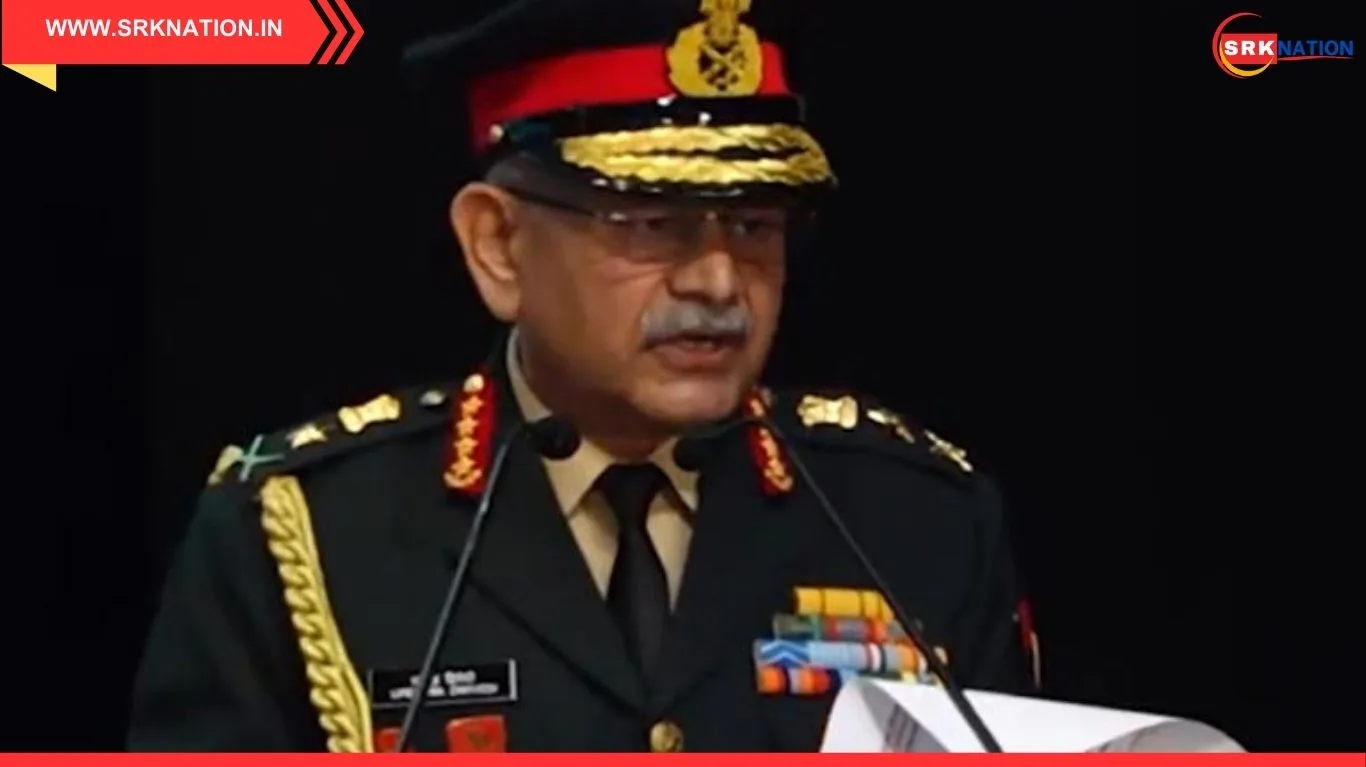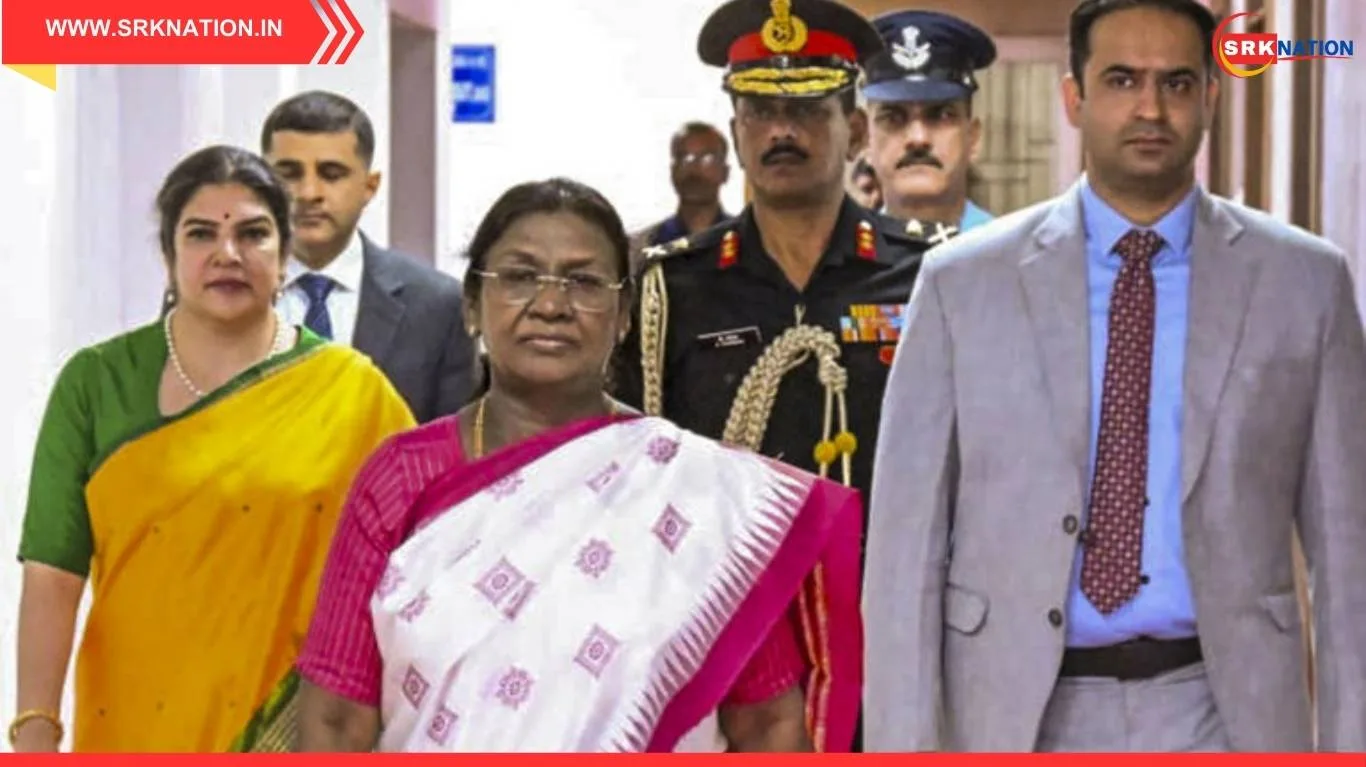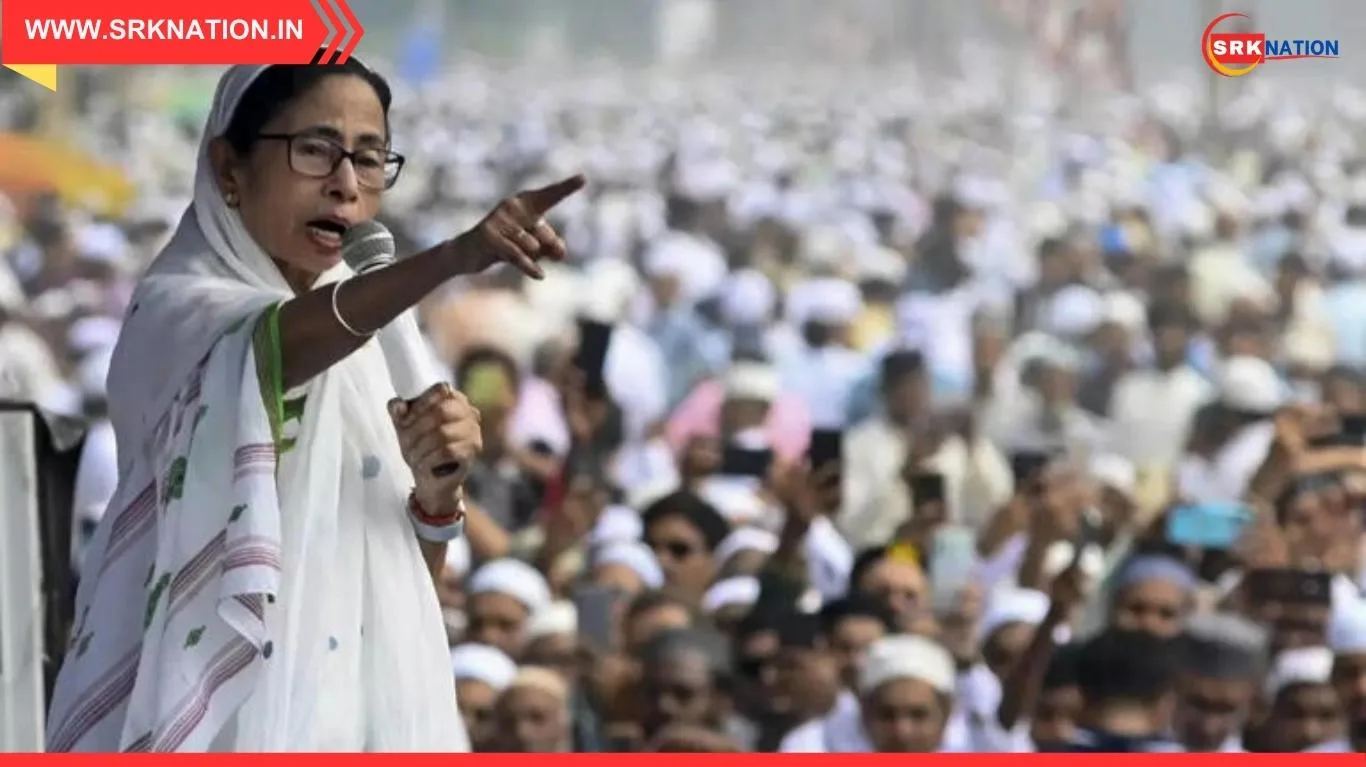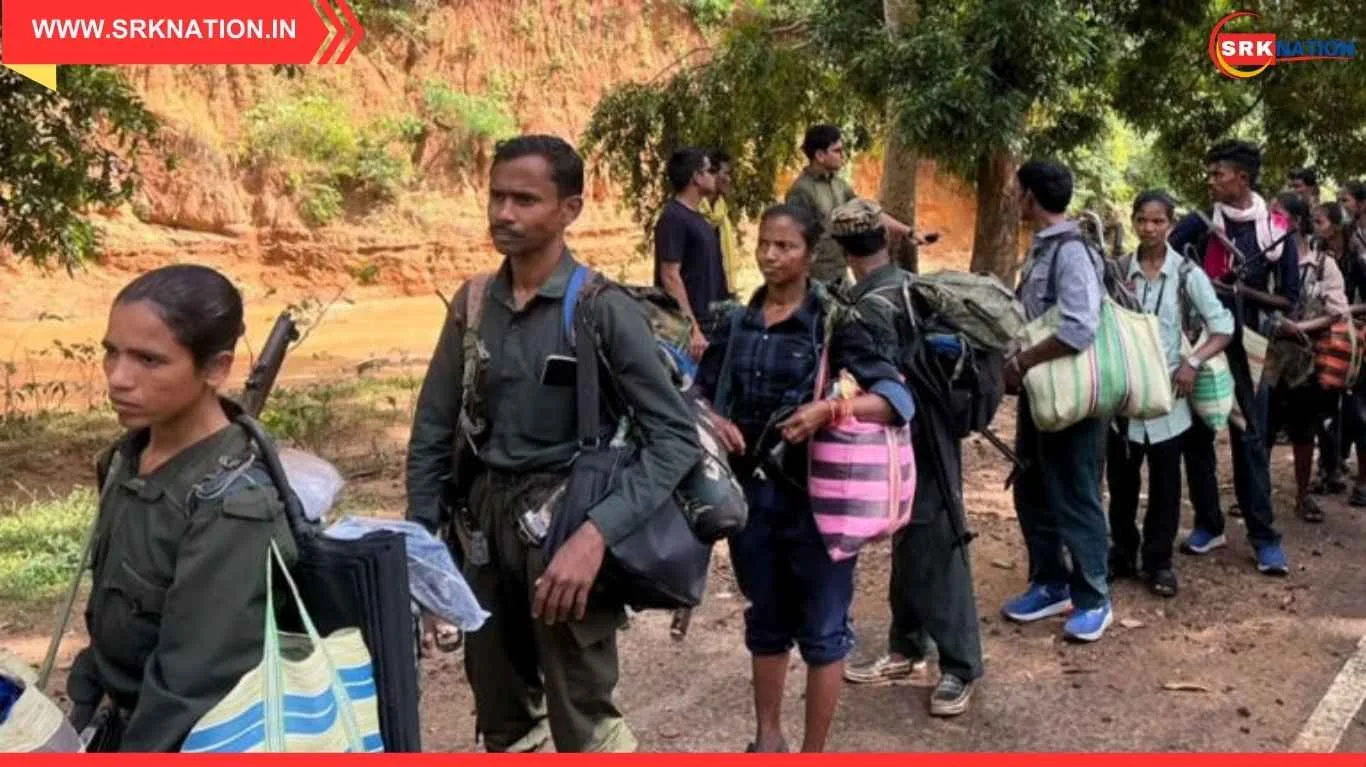The Central government has urged caution against drawing premature conclusions based solely on the leaked cockpit voice recordings (CVR) from the recent tragic plane crash that shook the nation’s aviation ecosystem. The advisory comes amid heightened speculation in media circles and aviation communities over the conversation between the pilots moments before the aircraft plunged, killing all passengers and crew onboard.
Background: The crash that shocked the nation
Earlier this month, a domestic flight operating from Delhi to Mumbai crashed during its descent, leading to the loss of over 150 lives. Initial reports suggested a combination of adverse weather and potential technical glitches. However, an audio recording, purportedly the cockpit voice recorder data, was recently leaked online, prompting widespread discussions about pilot error, mental health, and operational protocols.
Government’s cautionary stance
A senior official from the Directorate General of Civil Aviation (DGCA) stated:
“Investigations are ongoing. No final conclusions should be drawn based on partial data like cockpit conversations, which only form one part of a comprehensive crash investigation.”
The official added that CVRs often capture stressful exchanges that may appear alarming out of context but are routine in high-pressure cockpit environments.
Key points from the Centre’s statement
- Investigations are multi-dimensional
Crash investigations include analysis of Flight Data Recorder (FDR), CVR, wreckage patterns, radar logs, air traffic communication, meteorological conditions, and maintenance records. - Premature leaks affect investigation integrity
The Ministry of Civil Aviation noted that media circulation of unverified audio data hampers evidence-based investigation, impacts families’ mental health, and can lead to false narratives. - Pilot professionalism under scrutiny
While experts insist that CVR provides vital insights into crew coordination and situational awareness, aviation psychologists warn against judging pilots solely on conversation tone, which may reflect procedural stress rather than negligence.
What does a crash investigation involve?
| Investigation Component | Description |
|---|---|
| Cockpit Voice Recorder (CVR) | Captures last two hours of cockpit conversation, radio calls, and ambient sounds to understand crew actions and communication. |
| Flight Data Recorder (FDR) | Records hundreds of flight parameters including speed, altitude, engine settings, and control inputs. |
| Maintenance Records | Analyses past servicing, parts replacement, and reported technical issues. |
| Wreckage Reconstruction | Rebuilding parts of the aircraft to assess structural failures or damage patterns. |
| Air Traffic Control (ATC) Communication | Reviews instructions given and responses from pilots during the entire flight. |
| Weather Reports & Radar Data | Establishes the role of adverse weather or windshear phenomena in the crash. |
Aviation experts weigh in on CVR leaks
Senior pilot Captain Neeraj Tiwari explained:
“Cockpit exchanges often contain candid expressions of frustration, technical jargon, and procedural commands under time pressure. Unless corroborated with FDR data, it is dangerous to assign blame based on CVR alone.”
Another expert, a former member of the Aircraft Accident Investigation Bureau (AAIB), said:
“In the Mangalore crash, CVR leaks misled public perception. Final reports showed a mix of factors, not just pilot error.”
Families demand transparency, not speculation
Families of the victims have urged the government and media to prioritise factual reporting. In a joint statement issued by the Victims’ Families Association, they said:
“We seek truth, accountability, and system improvement. Premature judgments based on incomplete data cause us additional pain.”
Psychological impact of crash speculation
Mental health experts warn that speculative narratives:
- Stigmatise pilot communities, leading to anxiety and morale issues in operational staff.
- Trigger trauma reactions among victim families as they relive the tragedy repeatedly through conflicting media reports.
- Disrupt investigation focus, as public pressure mounts for immediate conclusions rather than thorough, evidence-based findings.
Centre’s advisory to news platforms and social media
The Ministry of Civil Aviation has issued an advisory requesting:
- Responsible reporting by verifying any technical content with aviation experts.
- Avoidance of publishing partial or leaked investigation data without official confirmation.
- Sensitivity in language while covering issues involving deceased pilots and passengers.
India’s crash investigation process: Timeframe and agencies involved
- Initial investigation by DGCA and AAIB within 30 days to establish preliminary causes.
- Comprehensive analysis with manufacturer inputs (e.g. Boeing, Airbus) to understand aircraft system behaviour.
- Final investigation report is generally released within 6-12 months, incorporating all technical, human, and environmental factors.
Global aviation bodies’ protocols
The International Civil Aviation Organization (ICAO) standards mandate:
- Strict confidentiality of CVR recordings, released only in final reports or court proceedings.
- Non-punitive culture to promote honest reporting by pilots for systemic safety improvements.
- Use of CVR data only for safety investigations, unless there is criminal negligence involved.
Conclusion: Lessons for India’s aviation ecosystem
This tragedy and its aftermath underline the need to:
- Strengthen accident investigation independence, free from political and media pressures.
- Enhance pilot mental health support systems, recognising operational stress realities.
- Build public awareness on aviation investigation processes, discouraging premature assumptions.
Disclaimer
This news article is based on official government statements, aviation expert opinions, and currently available public information till July 2025. Readers are advised not to derive final conclusions on crash causation until the Aircraft Accident Investigation Bureau releases its comprehensive report. This publication bears no responsibility for decisions taken based on this news content.

